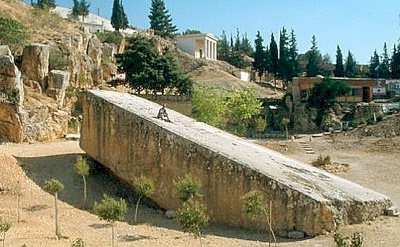Posted: Fri Jul 21, 2006 7:57 am
http://www.maa.uw.edu.pl/polski/baza_da ... blems.html
It was a surprise to me that early dendrochronology tests failed to account for the fact that Bolivia is in the southern hemisphere.
This is a report on the dating techniques used concerning Andean civilizations. The C14 dates that are often used were from testing in the 1960s, which is as early as the C14 test itself. Many methods of taking samples then are no longer employed.
Concluding remarks
The problems presented above concern the process of collecting radiocarbon dates and the various limitations concerning the possibilitiess of their use for forming chronological scales, might give the impression of denigrating the C14 method itself and the reliability of the results. Omitting the question of various corrections and associated question of the exactness of the measurement itself in conventional radiocarbon years, especially discouraging seems to be some of the results of calibration, where we obtain a range of perhaps 800 years and not only for the dating of layers from the early Preceramic or Palaeo- Indian phases, but from about 2500 BP (see e.g., the dating TK-344 in the Peru section). Have we in creating our database and critically examining the data collected here unwittingly provided arguments for those archaeologists who question the usefulness of the C14 absolute dating method? It seems to me that from a certain moment archaeologists began to expect too much of the C14 method, treating it as a „deus ex machina” (nomen omen) completely authoritative in questions of chronology. In such a situation successive corrections and qualifications in the interpretation of the results of the radiocarbon dating created disappointment which in turn created distrust. This was perhaps more an emotional than analytical approach to the problem. We all are aware for example that such fundamental techniques such as stratigraphy also hold many surprises, and we often have to alter some earlier interpretations. Nobody however has questioned the sense of using the stratigraphic method in fieldwork and the interpretation of the results of excavations. Our approach to C14 dating should be similar, especially now in a situation where we are acquiring successive improvements in the dendrochronological calibration and it is now beginning to regain the trust of investigators.
It was a surprise to me that early dendrochronology tests failed to account for the fact that Bolivia is in the southern hemisphere.

